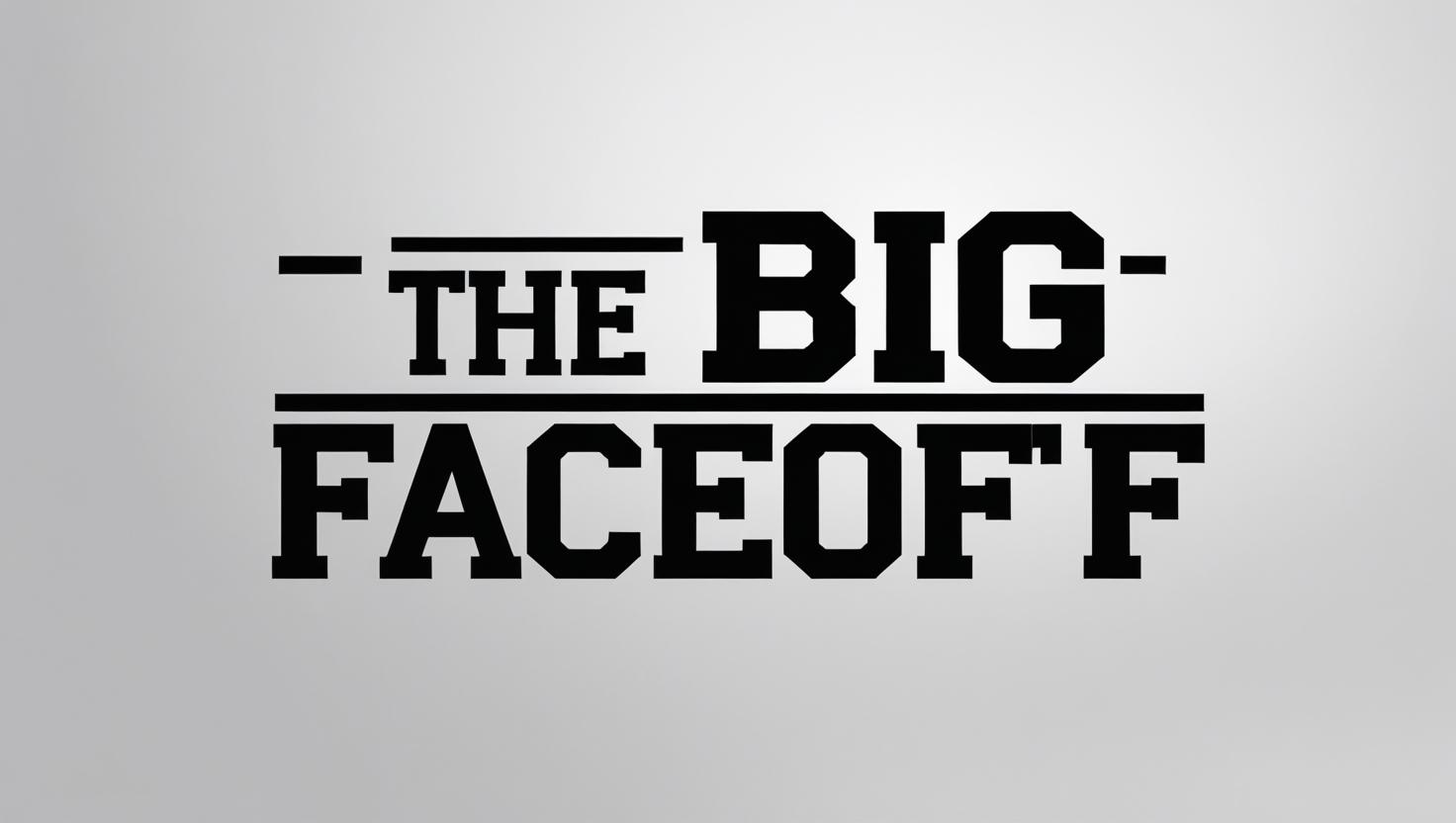When hockey fans talk about the best leagues in the world, the conversation almost always starts with the NHL. But just behind North America’s crown jewel sits another league that sparks debate and curiosity: the Kontinental Hockey League (KHL). Based primarily in Russia, the KHL has become a powerhouse in its own right, producing elite-level players, offering strong competition, and serving as the second-most recognized league in the hockey world.
But how does the KHL actually rank when compared to the NHL and other professional leagues across the globe? Let’s break it down.
The NHL: The Gold Standard
There’s no question, the National Hockey League (NHL) is the undisputed top hockey league in the world. With the best players, the largest revenues, and the most competitive environment, the NHL is the dream destination for anyone who laces up skates. It’s also the league with the greatest global reach, broadcasting to over 160 countries and pulling in billions in revenue every season.
For context, the NHL’s salary cap for the 2025 season sits at nearly $88 million USD per team, while in other leagues, entire payrolls may not come close to a single NHL star’s annual salary.

The KHL: The Clear Number Two
Since its founding in 2008, the KHL has carved out a reputation as the second-best professional hockey league in the world. Its strongest teams such as SKA St. Petersburg and CSKA Moscow—are stacked with both homegrown Russian stars and former NHL players.
Strengths of the KHL:
-
High-Level Talent: Many NHL-caliber players choose the KHL, especially when contracts or personal situations steer them away from North America.
-
Physical and Skilled Play: The league blends Russian finesse with a grinding, defensive style, offering a unique brand of hockey.
-
Player Development: Russia has long been a talent factory, and the KHL serves as a key pipeline for stars who eventually cross over to the NHL.
Weaknesses of the KHL:
-
Financial Instability: Some clubs struggle with consistent funding, which impacts player contracts and competitiveness.
-
Geopolitical Challenges: Travel, politics, and cultural differences make it harder for Western players to adapt compared to the NHL or European leagues.
-
Smaller Market Reach: While big in Russia and parts of Europe/Asia, it lacks the global broadcast pull of the NHL.
Still, if the NHL is the gold standard, the KHL is firmly silver.
NHL is still the Gold Standard
Beyond the NHL and KHL, several leagues fill important roles in the hockey landscape:
Swedish Hockey League (SHL)
-
Widely considered the third-best league in the world.
-
Known for excellent player development and a strong tradition of producing NHL-ready stars.
-
Focuses on skating and skill rather than brute force.
Liiga (Finland)
-
Finland’s top league is a hotbed for prospects and emphasizes speed, teamwork, and two-way play.
-
Finnish players consistently make seamless transitions to the NHL.
National League (Switzerland)
-
Attracts many former NHLers in the later stages of their careers.
-
High salaries and great living conditions make it a desirable league, though the overall talent pool is thinner than the KHL or SHL.
American Hockey League (AHL)
-
Technically not a “world league,” but worth mentioning since it’s the NHL’s direct feeder system.
-
Features top prospects on the cusp of making the NHL, though not quite as polished as KHL or SHL players.
Final Ranking of Professional Hockey Leagues
If we were to stack them up today, the global hierarchy looks something like this:
-
NHL (North America) – Best league in the world, no debate.
-
KHL (Russia + Eurasia) – Second-best, though far behind the NHL in financial power and stability.
-
SHL (Sweden) – Best development league outside of North America.
-
Liiga (Finland) – Produces elite players regularly, especially goaltenders.
-
National League (Switzerland) – High salaries, solid competition, but not as deep in talent.
-
AHL (North America) – Development-focused, but crucial in shaping future NHL stars.
It’s easy to focus on stats, rankings, and talent pipelines, but the KHL also represents something bigger. For many players, it’s a chance to play professional hockey close to home, earn a solid living, and compete at a high level without uprooting their lives to North America. While the NHL may still be the ultimate dream for many, the KHL offers stability, strong fan bases, and the ability to build a career in familiar surroundings.
For fans in Russia, Belarus, Kazakhstan, and surrounding countries, the KHL is more than just a league—it’s their NHL equivalent. It inspires national pride, highlights local heroes, and sustains a hockey culture that thrives outside of Canada and the U.S. Packed arenas, heated rivalries, and homegrown talent ensure that the KHL remains a vital force in global hockey.
So where does the KHL rank among hockey leagues worldwide? The answer is clear: firmly at number two. It’s not the NHL, and it likely never will be, but it doesn’t need to be. The KHL stands as a powerhouse in its own right, shaping international hockey, giving players opportunities, and keeping the sport’s heartbeat strong across Europe and Asia.






.jpeg)








0 Comments